The new 2024 Range Rover epitomizes luxury and refinement, feeling as smooth as if it’s been crafted from marble. Despite being owned by Tata Motors of India, this iconic vehicle is meticulously built in the United Kingdom. Let’s delve into its exterior design, explore the interior, assess its practicality, and take it for a drive. Plus, we’ll see how quickly it can accelerate from 0 to 60 miles per hour.
Table of Contents
Exterior Design
The design of the new 2024 Range Rover is sophisticated and sleek. The vehicle in question has been personalized by its owner, who might make an appearance later. One standout feature is the seamless integration of the lights into the panels, making them invisible until activated. However, the twin shark-fin antennas on the roof are less appealing, giving the impression of a capsized catamaran.
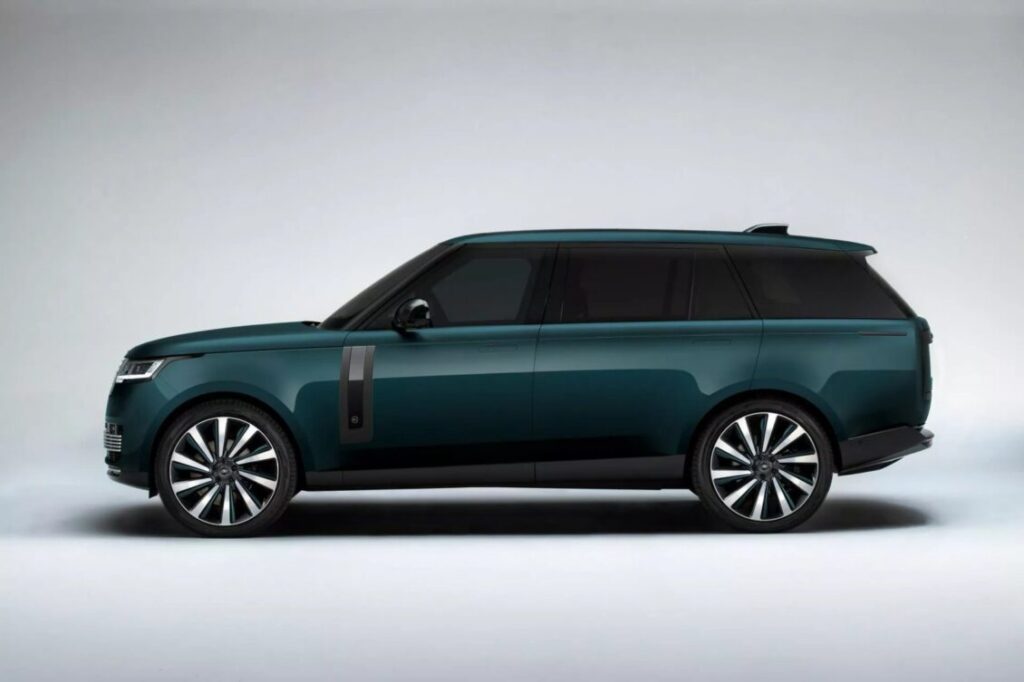
The wheels range from 20 to 23 inches, with the reviewed model sporting what appears to be slightly larger, painted brake calipers. The car’s satin white wrap is striking, prompting the question: should Land Rover offer this color as a standard option? The owner also added running boards and various trim color schemes, enhancing both aesthetics and functionality.
Interior Design and Practicality
Stepping inside the 2024 Range Rover, you’re greeted by a clean, luxurious design. The quality has notably improved over previous models, though it still falls short of the Bentley Bentayga. Comfort is paramount, with plush seats and ample storage. There’s plenty of space for personal items, and the clever use of storage compartments keeps everything organized.
The climate control system is separate from the central infotainment screen, which is good but can be a bit tricky to use while driving. The infotainment system itself is intuitive, featuring a curved screen to reduce glare and haptic feedback for ease of use. The digital driver’s display is clear, though the controls could be more user-friendly.
Driving Experience
Driving a 2024 Range Rover is a pleasure, whether you’re navigating city streets or cruising on the highway. The air suspension ensures a smooth ride, and the rear-wheel steering enhances maneuverability. The vehicle’s quiet cabin, thanks to noise-canceling technology, and smooth gearbox make for a serene driving experience.
In terms of performance, the 2024 Range Rover offers a range of engines, including a 3.0-liter straight-six diesel with either 300 or 350 horsepower, a 3.0-liter straight-six turbo petrol with 400 horsepower, and a 4.4-liter twin-turbo V8 with 530 horsepower sourced from BMW. The plug-in hybrid variants provide additional power options, making this SUV both powerful and efficient.
Performance and Launch Test
Now, let’s talk about performance. The reviewed model, equipped with a 350-horsepower diesel engine, promises a 0-60 mph time of 5.8 seconds. In a real-world test, it managed a slightly slower 7.5 seconds uphill, improving to 6.73 seconds on a flat surface with dynamic launch mode activated.
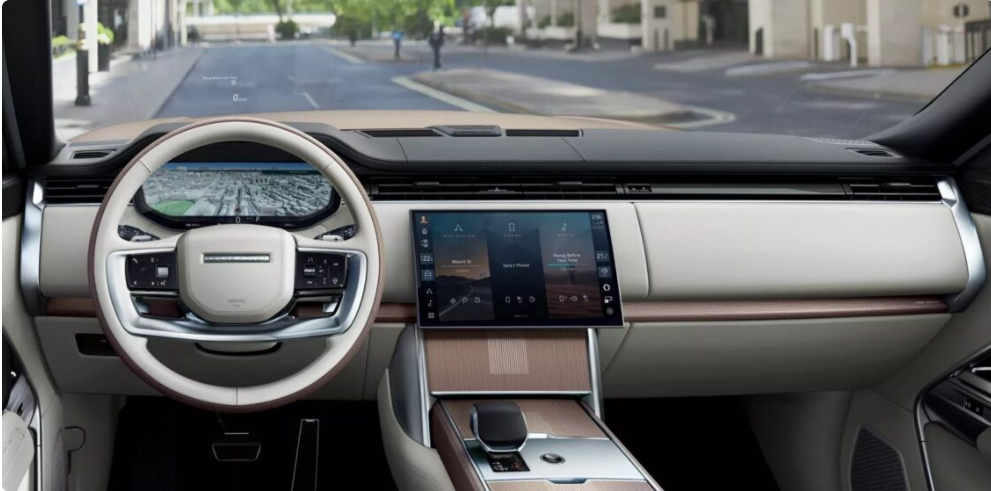
Final Thoughts
The 2024 Range Rover combines luxury, practicality, and performance in a seamless package. While it might not be as sporty as a Lamborghini Urus, its comfort and elegance make it a standout choice for those seeking a premium SUV. Whether you’re driving in the city or embarking on a long journey, the Range Rover delivers a refined and enjoyable experience.
RANGE ROVER PRICE AND OPINION
General information
The 2024 Range Rover is a luxury SUV measuring 5.05 meters or 5.25 meters in length, depending on the body. This model replaces the previous generation of 2013. Compared to this one, it is five centimeters longer and six centimeters wider. The wheelbase is 3 and 3.20 meters, depending on the body, and can be configured with 4, 5, or 7 seats.
The versions are gasoline, diesel with micro hybridization technology, plug-in hybrids, and in 2024, a 100% electric one will arrive. The gasoline version has 530 HP, the diesel ones have 300 and 350 HP with the ECO label, and the PHEV versions deliver 440 and 510 HP and obtain the ZERO label from the DGT.
The brand has not revealed much information about the electric Range Rover at the moment. We only know that it will arrive in 2024 and that it will be produced on the same MLA-Flex platform prepared for electrification.
By size, it can be compared with many models over 5 meters in length, such as the Mercedes-Benz GLS, 2024 Land Rover Range Rover p400 se, Audi Q7, or the BMW X7. Due to quality, luxury, customization options, and price, it is a reasonably exclusive model that could have as a direct rival the Bentley Bentayga or the Aston Martin DBX.
However, these are much more expensive at the base. Land Rover has confirmed to us that the estimated average delivery times for the Range Rover versions are about 12 months.
2024 Range Rover measurements
The fifth-generation 2024 Range Rover is slightly larger than its predecessor. It measures 5.05 meters long in the short body, or SWB, and 5.25 meters in its long body, LWB. It measures 2.05 meters wide and 1.87 m high in both bodies. This means that the new Range Rover is 5 cm longer and 6 cm wider than the 2013 model.
The wheelbase is 3 meters in the short wheelbase and 3.2 meters in the long wheelbase. The interior is very spacious and spacious, especially in the 4-passenger versions. The trunk capacity varies depending on the version, offering a minimum of 575 liters and a maximum of 713 liters in the 7-seater version with the last row of seats folded down.
Interior and trunk of the Land Rover Range Rover
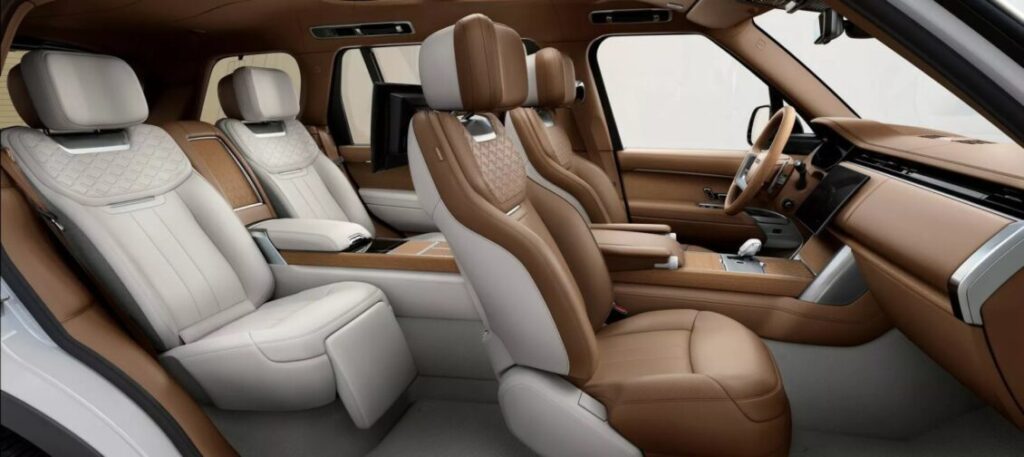
Trunk
The 2024 Range Rover has a trunk capacity of 575 liters in all its short-body versions. It has the possibility of folding the rear seats so the capacity can increase to 1,840 liters. The long-body model, the 7-seater, has a 725-liter trunk with five seats raised. If we fold down both the second and third rows, the trunk capacity is 2,050 liters.
Multimedia
The 2024 Range Rover has two screens. One is for the instrument panel, and the other is 13.1 inches in the center of the dashboard. This screen is large, easy to operate, and comfortable to operate while driving. It may have too many menus, but it is one of the characteristics of the English model, offering the user a multitude of options.
From the screen, you can manage seat adjustment, seat massage, pneumatic suspension, 360-degree camera, automatic parking, or cabin lighting, among many other functions. We were very impressed by the high resolution of the Head-Up Display and the excellent height at which it displays the information.
It also has Apple CarPlay and wireless Android Auto as standard. Wireless charging for phones is 15W, and the 60W rear seat chargers with USB-C connection allow you to charge a laptop directly without the need for an external battery.
The quality of the rear seats is also outstanding. In addition to space, especially in the short-body model, the seats have an 11.4-inch entertainment screen. They offer complete multimedia management and HDMI connection to connect all types of devices or consoles to screens.
What engines does the Land Rover Range Rover have?
Engines
The 2024 Range Rover engine range consists of two diesel versions, one gasoline, and two plug-in hybrids. The diesel versions, 300 HP (D300) and 350 HP (D350), have 3 liters of displacement, six cylinders in line, and deliver power together with a 48V light hybridization system.
There is only one gasoline version, and it is a 4.4-liter V8 (the previous model had the 5-liter supercharged engine) without light hybridization, and that delivers a total power of 530 HP. The plug-in hybrid versions, called P440e and P510e, stand out for their significant electrical autonomy. Land Rover approves 113 km of autonomy in 100% electric mode for the two PHEV versions of 440 and 510 HP.
Both options combine the six-cylinder gasoline engine with an electric motor and a battery with a net capacity of 31.8 kWh. These plug-in versions have not yet arrived in Spain due to the supply problem that significantly affects the delivery times of new cars. Land Rover has confirmed that in 2024, there will be a 100% electric version of the Range Rover. Still, they have not revealed any data related to power, autonomy, or performance.
2024 Range Rover Test Drive
Driving
The 2024 Range Rover is a car that behaves very well both on and off the asphalt. It has certain elements that help make driving the British model much more bearable, comfortable, and fun, depending on the situation. The new platform, the air suspension, the bidirectional rear axle, and the active stabilizer bars.
On the highway, it is a comfortable car with which you can go quite fast and not suffer any noise that may sneak in from outside or fatigue. The driving feel is pleasant, and it is pretty stable at high speed. The car weighs a lot, and it shows.
The dynamic test of the Range Rover was also through sections of curves and twisty areas of mountain roads. For more than 100 km, we were able to test how the SUV behaves, and the truth is that we were pretty satisfied. The more than 2,500 kg of weight is noticeable in specific supports and when braking very hard. However, the dynamics of this model are outstanding, mainly due to the pneumatic suspension and rotation up to 7 degrees.
We have not been able to drive on off-road sections. But it has certain elements that undoubtedly allow it to venture off-road. The ground clearance can reach 295 mm with the body raised to the maximum, thanks to the air suspension. It also offers what Land Rover calls Terrain Response 2 with various driving programs depending on what terrain we are driving on. It has hill descent control, can lock the center and rear differentials, and is also available with reduction gear for extreme situations.
2024 Land Rover Range Rover Configurations
Of the two versions tested, we got close to the mixed consumption approved by the brand. The 350 HP diesel version approves a consumption of 7.6 l/100 km. During the 100 km of travel on mainly secondary roads and curves, the consumption achieved was 10.4 l/100 km.
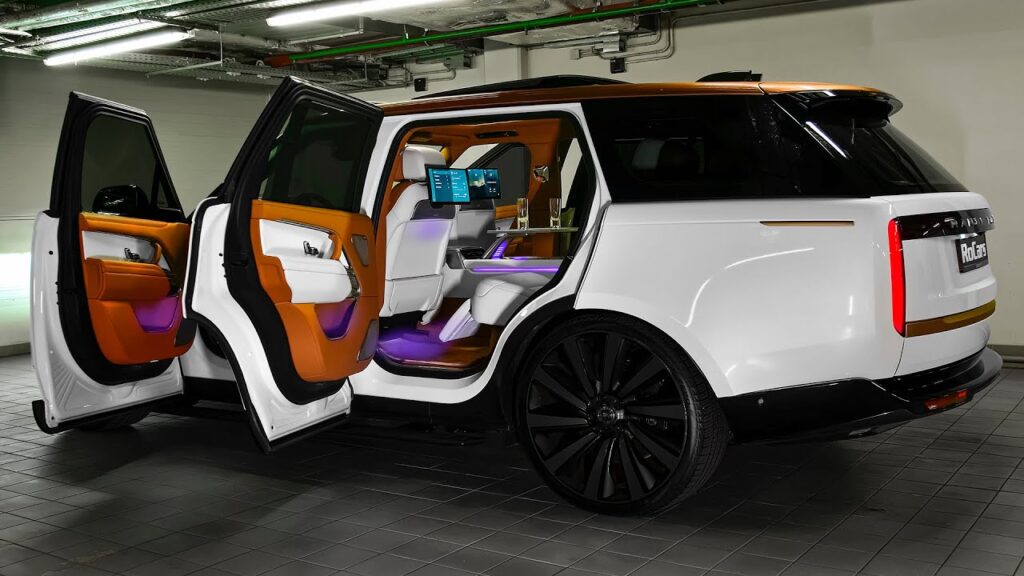
That it is far from the approved one does not mean it is not a reasonable consumption. What’s more, we believe that just over 10 liters for a car, considering its dimensions and weight, is an acceptable figure. By squeezing the performance of this diesel MHEV version to the maximum, consumption could ideally rise to about 13 liters.
The V8-powered P530 version is another story. Without the help of the 48V system and on a route where 100 of the 127 km were up the road through mountain sections and curves, the consumption obtained after the test was 14.9 liters.
Land Rover’s official figure is 11.6 l/100 km. The consumption of the test, therefore, differs a little from the official one, but less than could be expected since the last 27 km of the route were on the highway, which favored a considerable drop in the figure obtained.
Nothing is yet known about the consumption of the electric version, and the PHEV versions, 440e and 510e, can travel more than 100 km in 100% electric mode. This means that if we can keep the battery constantly charged, there would be hardly any fuel consumption.
Benefits
The features of the 2024 Range Rover are excellent. In addition to being a car that behaves very well on and off the asphalt, the features it offers in both the thermal and plug-in versions are notable. The diesel version we tested, the short-wheelbase D350, accelerates 0-100 km/h in 6.1 seconds.
Although we have yet to be able to test the plug-in hybrid versions, the data they record is also good. The P440e and P510e versions accelerate in 6 and 5.5 seconds, respectively. These models with batteries can weigh more than 2,800 kg. This means that both its acceleration data and the maximum speed of more than 240 km/h are perfect figures.
Driving aids
The driving aids fitted as standard on the Land Rover Range Rover are:
· 360-degree camera
·Digital LED Headlights
·Head-Up Display
·Remote Park Assist
·Driver Assist Pack
·Activity Key 2.0
Range Rover 2024: more power and customization
It is the turn of the Land Rover Range Rover 2024, a slight update of the premium SUV that focuses on three areas: a greater customization capacity, more powerful and efficient engines, and an expanded technological package.
The first focuses on the SV Bespoke program, which is available for the Autobiography and SV variants, which can be customized in person at dealerships or through the Land Rover website.
It allows you to choose between 391 shades of interior materials and 230 exterior colors with Satin and Gloss finishes. The SV Bespoke Match to Sample painting service is also available, which allows you to replicate any color chosen by the client. Finally, the badge on the hood and tailgate can be finished in different finishes of precious metals, such as 24-karat gold.
As for engines, the range is made up of three different options: two plug-in hybrids and a micro-hybrid, all of them with a new optimization. Starting with the PHEVs are the P550e and P460e, which incorporate a new 160 kW electric motor that is combined with a 3.0 six-cylinder gasoline block, achieving a performance of 550 and 460 HP (previously, they remained at 510 and 440 HP ).
The most powerful accelerates from 0 to 100 km/h in 5 seconds; both have CO2 emissions of 16 g/km and an electric range of up to 121 km, so Jaguar anticipates a natural range of 94 km. The MHEV is the most powerful in the range since its heart is a V8 with 615 HP and 750 Nm, and it is only available with the Range Rover SV.
Finally, technology. It has the Pivi Pro infotainment system with a 13.1-inch curved touch screen; control has been improved so that 80% of operations are carried out with just two touches, and it has integrated Amazon Alexa voice artificial intelligence.
In addition, driving assistants include Country Road Assist technology (uses navigation data to adjust the final speed automatically), Dynamic Response Pro3 (electronic roll control), and the new Adaptive Off-Road Cruise Control.
2024 Range Rover is better under the Hood.
2024 Range Rover’s wide range of engines has also been optimized for next year. The powerful and efficient plug-in hybrids include a new 218 HP (160 kW) electric motor that, combined with a 3.0 six-cylinder gasoline engine, offers 550 and 460 HP in the P550e and P460e versions, respectively (previously 510 and 440 CV).
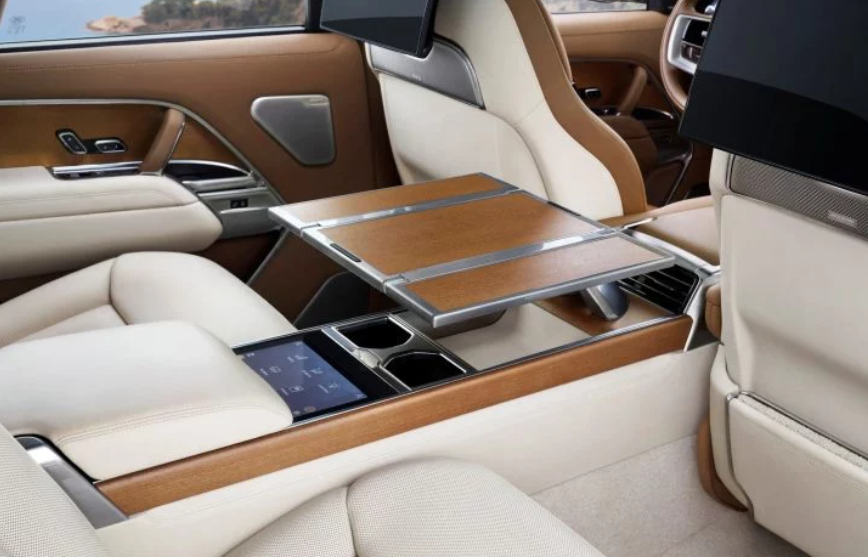
Technological improvements have managed to increase acceleration in electric mode. 0 to 100 km/h in these conditions now takes us only 5 seconds. The exact figure is valid for the P550e combining both engines. The new PHEVs, which are added to the gasoline and diesel options with micro-hybrid technology, increase the electric range up to 121 kilometers.
On the other hand, the plug-in electric hybrid engine comes to the Range Rover SV with a long wheelbase. At the same time, the powerful V8 receives micro-hybrid electric technology (MHEV). In the Range Rover SV, we now have a twin-turbo V8 MHEV petrol engine offering an improved power output of 615 PS (452 kW) and torque of 750 Nm.
Lastly, it is worth highlighting the arrival of new functions and updates to the vehicle software. The next-generation Pivi Pro infotainment system incorporates a clear and practical interface with new sidebars and sliders. They also improve Alexa’s built-in voice artificial intelligence and voice control system.
2024 Range Rover Autobiography:
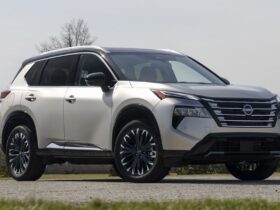
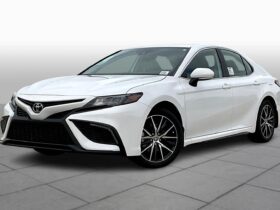
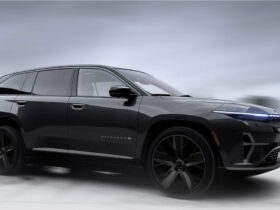
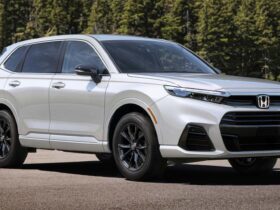
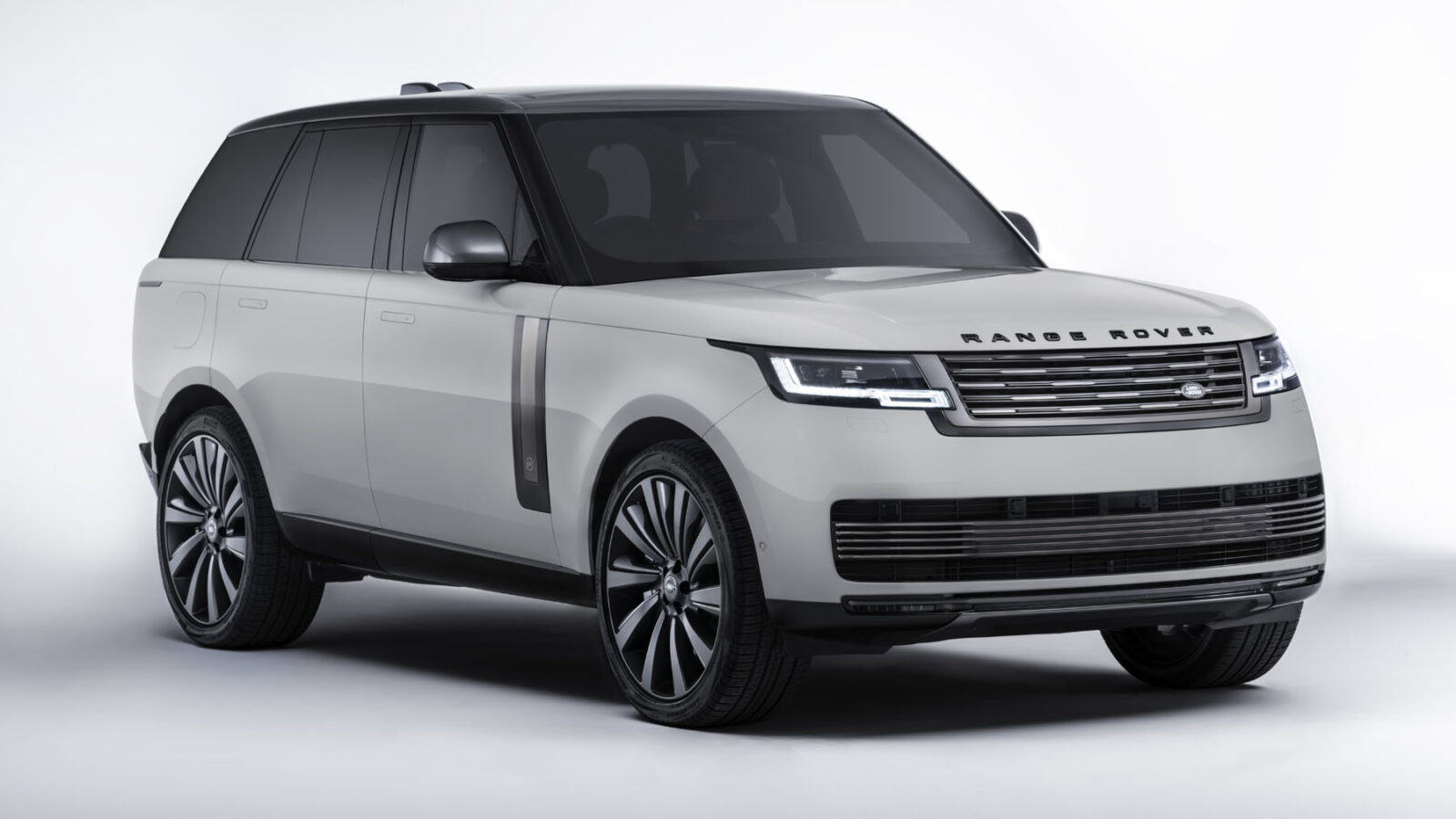

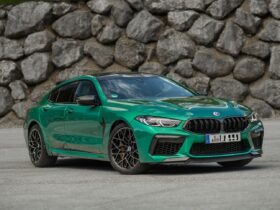
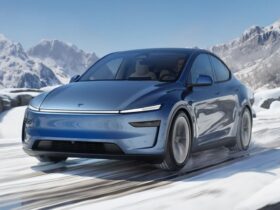
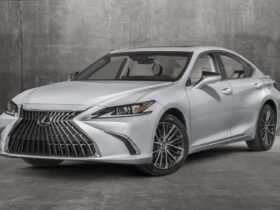
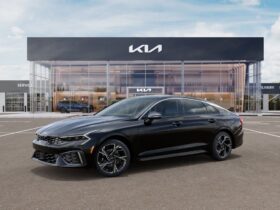
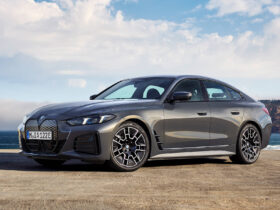

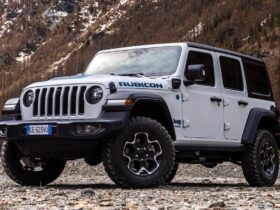
Leave a Reply